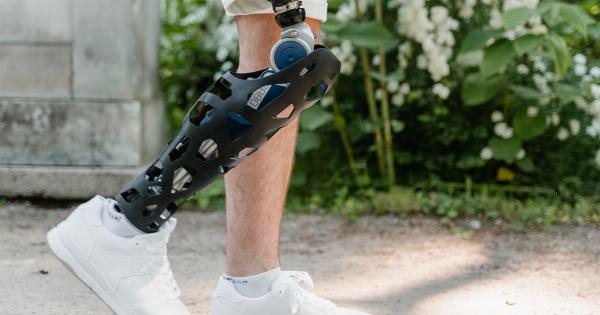Knee osteoarthritis (OA) is a common degenerative condition that affects millions of adults globally. Treatment objectives for knee OA normally include reducing pain, inflammation, and enhancing the overall quality of life among patients.
Presently, numerous treatment options exist, including corticosteroid and hyaluronate injections, that help manage knee OA symptoms. However, studies on the suitability of these treatments are scarce, resulting in uncertainty on the ideal method for osteoarthritis symptom management. This article compares corticosteroid and hyaluronate injections for knee OA.
Corticosteroid Injections
Corticosteroid injections are a common osteoarthritis treatment option that helps manage inflammation and pain. Normally, corticosteroids, which are anti-inflammatory agents, are introduced into the affected knee joints through an injection.
Once they enter the joints, corticosteroids help alleviate inflammation, pain, and stiffness within the affected area, allowing better mobility and function of the knee. Corticosteroid injections typically contain triamcinolone, methylprednisolone, or prednisone. However, they do not modify the underlying condition of OA.
Hyaluronate Injections
Hyaluronate injections are another common treatment option for knee OA. The injection contains a natural substance known as hyaluronic acid, which naturally occurs in the body, helping to lubricate and cushion the bones within the knee joint.
Hyaluronate injections work by replenishing the synovial fluids that surround the knee joint and serve as natural shock absorbers within the joint. Improved lubrication helps reduce inflammation, stiffness, and pain within the affected joint.
Unlike corticosteroid injections, hyaluronate injections can help stimulate the body to generate new cartilage and potentially slow down disease progression h2.
Comparing Efficacy and Reliability of the Interventions
Both corticosteroid and hyaluronate injections have been widely adopted as treatment options for knee OA. Nevertheless, comparative studies have been limited.
Several studies have shown that corticosteroid injections provide short-term relief from pain, swelling, and inflammation compared to hyaluronate injections. For instance, a 2015 study compared the effects of corticosteroid injections versus hyaluronate injections in 80 patients with moderate to severe knee OA.
The results indicated that corticosteroids gave better effectiveness at six weeks, while hyaluronate injections performed better after 12 weeks of treatment.
Another study compared the efficacy of corticosteroid versus hyaluronate injections in 137 patients with knee OA.
After six months of follow-up, the study found that hyaluronate injections were more beneficial for patients with mild OA, while corticosteroids were optimal for those with severe knee OA.
While corticosteroid injections tend to provide fast relief, the benefits are temporary and short-lived. The effects of corticosteroids usually wear off within a few weeks or months.
In contrast, hyaluronate injections provide long-lasting benefits to patients, with the effects lasting up to six months or longer. Therefore, when it comes to long-term symptom management, hyaluronate injections tend to be more cost-effective compared to corticosteroid injections since they may not need to be administered as frequently.
Corticosteroid and Hyaluronate Injection Side Effects
Like any medical procedure, corticosteroid and hyaluronate injections have associated side effects and risks. Corticosteroid injections may cause complications such as skin discoloration, swelling, joint infection, and nerve damage.
Additionally, corticosteroids may increase blood sugar levels in patients with diabetes, making the patient’s condition hard to manage. Similarly, hyaluronate injections may cause similar complications such as swelling, bruising, joint infection, or allergic reactions.
A 2012 study compared the effects of corticosteroid and hyaluronate injections on knee OA patients and reported that the frequency and intensity of adverse effects were similar in both groups.
In general, corticosteroids were linked to more mild adverse effects, while hyaluronate injections were associated with slightly more severe adverse effects. However, these adverse effects are rare, and most patients do not experience any or experience only minor side effects.
Conclusion
Corticosteroid and hyaluronate injections are common treatment options for knee OA, but the suitability of each depends on the patient’s disease severity and aims of treatment.
Although corticosteroid injections offer fast relief from inflammation and pain, their long-term efficacy is limited. On the other hand, hyaluronate injections may provide long-lasting relief, improve joint mobility, and potentially slow down disease progression by stimulating cartilage growth.
Therefore, the choice between corticosteroid and hyaluronate injections depends on each patient’s clinical picture and should be made after a thorough examination by a healthcare professional.
























